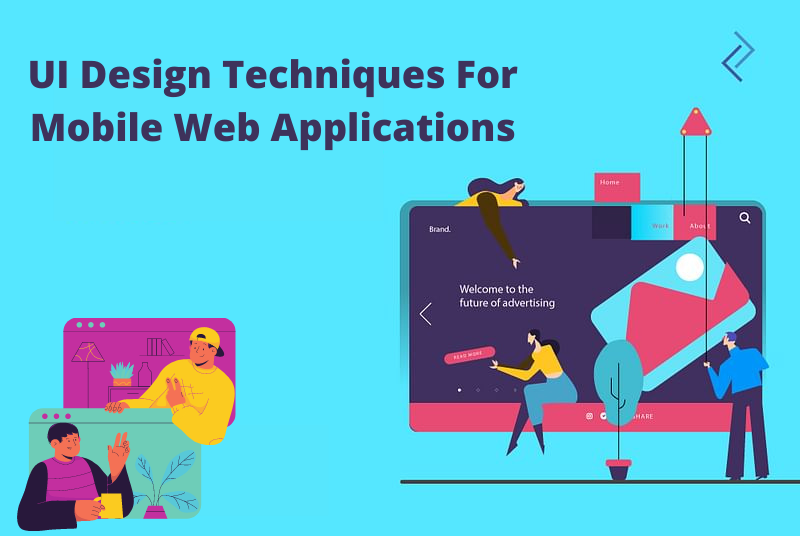Having created littler activities utilizing Objective-C/iOS I realized there are numerous advantages and downsides to local applications. HTML5 mobile web applications give a quicker all-around experience for any mobile phone – and even standard work desktop screens. This implies you don’t need approval with endorsement from a marketplace or application store and you can distribute online immediately.
There are absolutely a few downsides, to be specific that you can’t get to default libraries found in the Android and iOS Swift SDKs. Yet, in the event that your application can work better running on a site, at that point you should to think about the conceivable outcomes.
In this article I would like to introduce tips for new planners who may wish to endeavor assembling their own HTML/CSS/JS web application without any preparation.
Straightforwardness versus Style
There are so numerous normal web applications on the web, yet very few have been organized for portable help. You need to gauge the necessities of logos, symbols, foundation surfaces, and different resources which may require more HTTP demands. Mobile users are not generally on wifi so the holding up time could be longer than a visitor is willing to stick around.
I like this little find and supplant webapp on CodePen on the grounds that it characterizes what an oversimplified interface may resemble. The structure itself isn’t responsive, yet it is little enough that anybody ought to have the option to utilize it. Before planning your webapp consider which parts are totally fundamental for it to work appropriately.
At that point go over your mockup and consider which zones may be refined, and how to do as such. Take a stab at taking a gander at other native Android/iOS applications to pinpoint patterns from other experienced android App developers for hire. What’s more, take a look at versatile UI/UX activity to discover thoughts and motivation you can inspiration in your webapps.
Minimized Nav Menus
Page route is a key piece to any mobile site or webapp. Yet, one significantly significant thought you have to remember rotates around screen land. Mobile phones don’t have the extravagant showcases that you find on tablets or PCs. You have to make route menus which can grow when suitable, yet in addition contract and even conceal connections to stay away from clutter.
Here’s an incredible example of the iOS-style sliding menu which has gotten fiercely well known lately. Mobile iOS applications regularly shroud interfaces out of the way so they can be opened and shut voluntarily. This gives more control to the client so they are collaborating with joins possibly on occasion when they really need to explore the site.
Other solutions incorporate fixed-top dropdown menus or even fixed connections at the base of the page. Everything depends how your webapp is organized and on the off chance that you even need various pages.
User Interface Pattern
Working in the direction of a local look and feel will take a touch of training. Normal UI configuration designs include top title bars, symbol based tab bars, huge catches and pre-arranged tables. Examine this CodePen passage playing with the Kendo UI.
I’ve built easier mobile webapps running altogether on CSS3 gradients and media questions. It’s really easy to mirror plan thoughts from local applications by taking screen captures and coordinating the colors in your CSS document. Furthermore, the advantage of running a responsive format implies you just need one essential plan – instead of native applications which require both vertical and level perspectives.
Apple’s iOS is an incredible framework that sudden spikes in demand for head of a very much perceived interface. In any case, you may also prefer toward the flat design styles on Windows phones and in numerous Android applications. Toy with different applications on your phone and do some investigation into what you like and what you don’t care for.
Mobile Framework
In the event that you need that genuine native application UI configuration style, at that point have a go at beginning with a fundamental structure. Many web developers have put out free open source systems in mobile application design development that you can expand upon and even contribute towards. Most architects know about Bootstrap which is an undisputed top choice of mine. The parts are generally welcomed from everybody and it can carry on precisely like a normal versatile responsive website(or webapp).
One of the more current ventures I staggered onto is called Chocolate Chip UI. This open source venture permits developers to make sites utilizing a plan like iOS 7, Android Jelly Bean, or Windows Phone 8. Parts are anything but difficult to arrangement much like Bootstrap aside from they are worked to deliver more like a mobile web application.
Another framework you’ll need to recollect is called iUI, explicitly outfitted towards mobile sites and webapps. These segments are worked to coordinate so you can plan interfaces for iOS, Android, Blackberry, truly anything you’d like. iUI is very exceptional with multi-segment navigation and more itemized JavaScript impacts.








